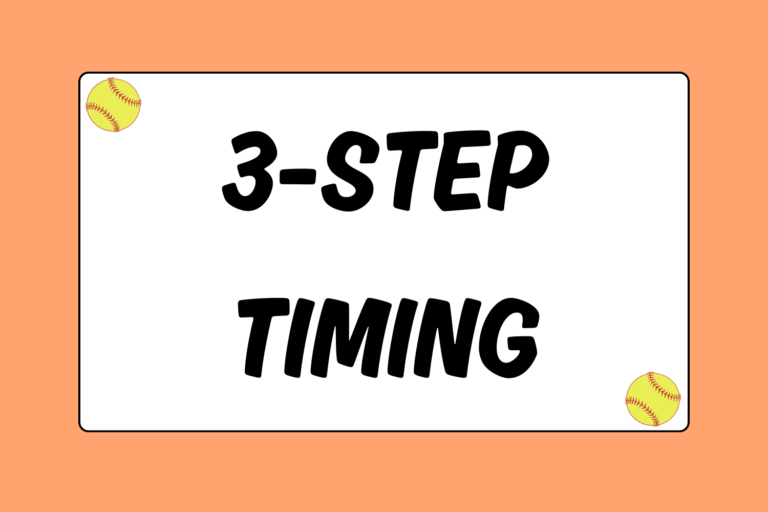From the time the ball leaves the bat, an infielder has roughly three seconds to field the ball and throw the runner out — even less time for faster runners. The motion that will make or break any play in the infield is the fielder’s footwork.
An accurate throw is dependent on your footwork. Improper footwork often leads to wild throws and time consumption, neither of which results in outs. To prevent these potential errors, this guide will go over three invaluable footwork patterns that will increase your finesse in the infield.
Step Towards Your Target
When you are throwing to a target that is directly in front of you or in your path of motion, your throwing-side foot will lead your footwork as it steps towards your target. The key element is that your body is already squared to your target because the ball is hit directly at you, so you don’t need to make any drastic movement:
- Field and secure the ball.
- With your throwing-side foot, step directly towards your target at a 45-degree angle.
- Your hips and shoulders should simultaneously turn towards your target.
- Make an accurate throw and step through with your back leg.
Remember, you have roughly three seconds to field the ball and make your throw so try not to shuffle your feet too many times. Take short, quick steps rather than long, drawn out steps and you’ll give yourself the best shot at throwing the runner out.
The key is to be quick and efficient! The longer you take to make your first step, the closer the batter is to reaching safety.
Replace & Shuffle
The replace-and-shuffle technique should be used when a hit takes you to the left or right of your target, essentially taking you away from where you need to be throwing.
In this circumstance, your feet will need to move in a way that squares your body towards your target:
- Field and secure the ball.
- Step with your throwing-side foot so it takes the place of where your glove-side foot was.
- Simultaneously, your hips and shoulders will turn towards your target.
- As you replace your glove-side foot with your throwing-side foot, do a quick shuffle step.
- Continue stepping through with your glove-side foot while getting into the position to throw. Then release the ball.
It is imperative that you cut down on the number of shuffle steps you take. You do not want to shuffle across the diamond. You should be able to set up your body for the throw within one shuffle step.
Left Foot Forward, Then Shuffle
This approach is very similar to the replace-and-shuffle technique. It’s used in the same circumstance, but with a different first step:
- Field and secure the ball.
- With your glove-side foot, step forward towards your target.
- Replace your feet so that your throwing-side foot shifts to where your glove-hand foot was.
- While your feet are moving, your hips and shoulders should be aligned with your target.
- Shuffle, set up to throw, and release the ball.
Again, the key to thriving in the infield is having quick feet. Never should you shuffle continuously across the diamond. You need to be quick and light-footed. One step and release — that’s all it should take.
Quick Feet Will Get the Out
Remember, three seconds is hardly enough time to fool around with your footwork as a runner is sprinting down the baseline. Your footwork needs to be second nature, leading your motion at all times.
Never, ever take your eyes off the ball! It can take a bad hop at any time, so put yourself in the best position possible and keep your head on the ball. With enough practice, you will be able to rely on your feet to get you into the position to throw any runner out after any type of grounder.





